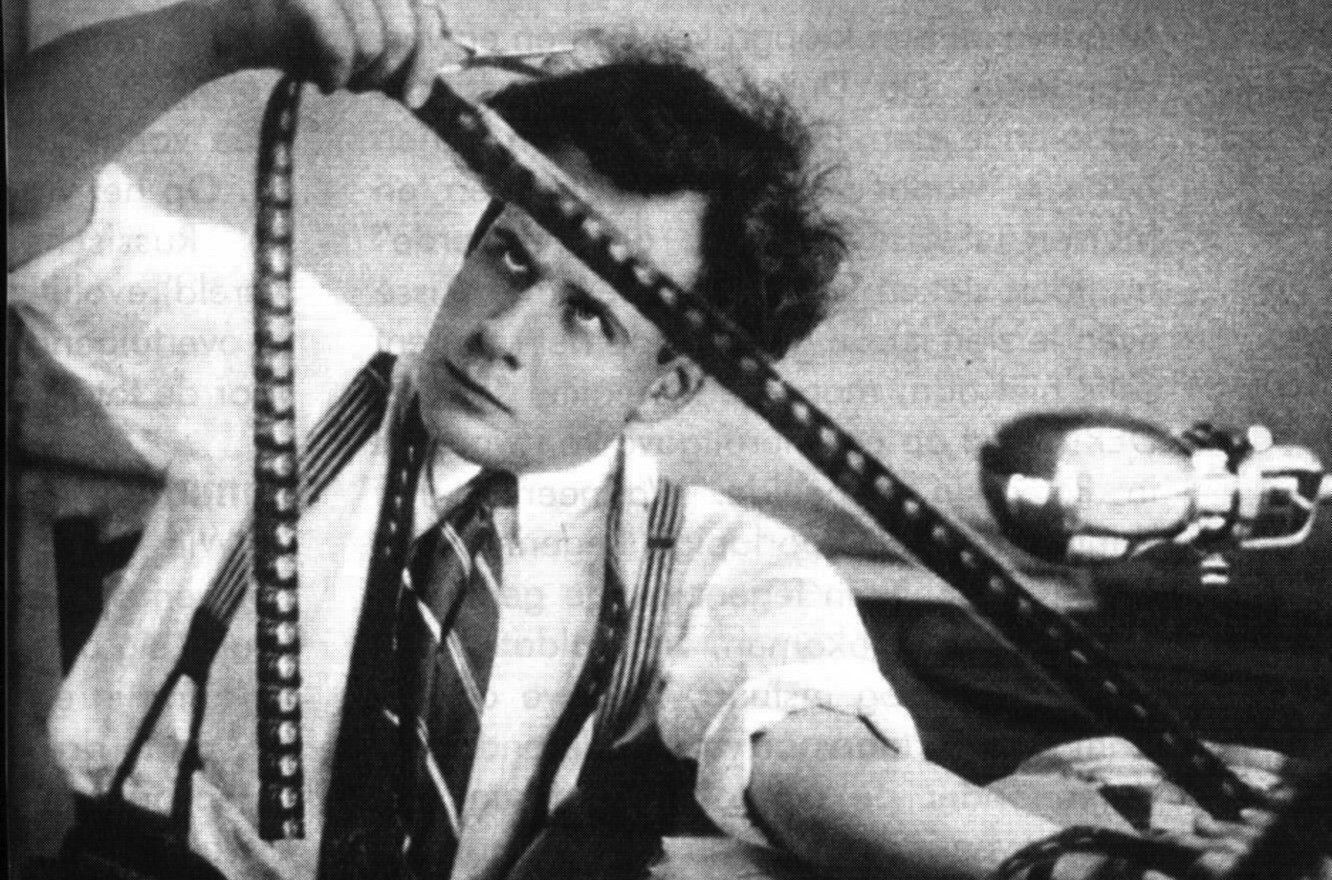Eisenstein, & the Soviet Montage

Essentially ever since cinema’s inception, there has been a great question about its complicated nature — answers to which have spawned an even greater debate among film theorists: What makes a film a film? One theory, formulated by Russian filmmaker and “Father of Montage”, Sergei Eisenstein, claims that the footage captured by a camera is nothing more than raw material. Not until that raw material is edited do you have a film — at least according to the Soviet Theory of Montage. John P. Hess of Filmmaker IQ breaks down the history of montage editing in the second video in their History of Cutting series. Check it out after the jump.
The practice of editing footage has been around since 1898 when British filmmaker Robert W. Paul cut together his film Come Along, Do!. However, it wasn’t until filmmaking pioneer and “Father of Film” D.W. Griffith began using editing techniques, such as parallel editing, that the practice became more sophisticated — a discernible film language that later became known as “continuity editing”.
As Hess points out in the video below, Griffith’s approach to editing was more practical, whereas Eisenstein’s approach was more intellectual. To put it another way, continuity editing is structural — it’s meant to get you from point A to point B without wondering where you are. Soviet montage, on the other hand, works to elicit an emotional response from the audience thanks to The Kuleshov Effect.
Check out Filmmaker IQ’s helpful video and learn about the history of Soviet Montage below. Here is a link that Robbie has suggested http://nofilmschool.com/2014/02/video-the-history-of-editing-eisenstein-the-soviet-montage-explained
